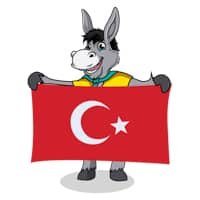If you’re planning to visit Turkey or are just curious about this fascinating country, I have a treat for you. In my guide, we’re about to uncover some traditions in Turkey you should know to enhance your experience in the now very modern Republic of Turkey.
From the unique traditions that have roots in the Ottoman Empire’s rich history to everyday customs and culture. So, please grab a cup of Turkish tea, relax, and let’s dive into the beautiful world of Turkish traditions!
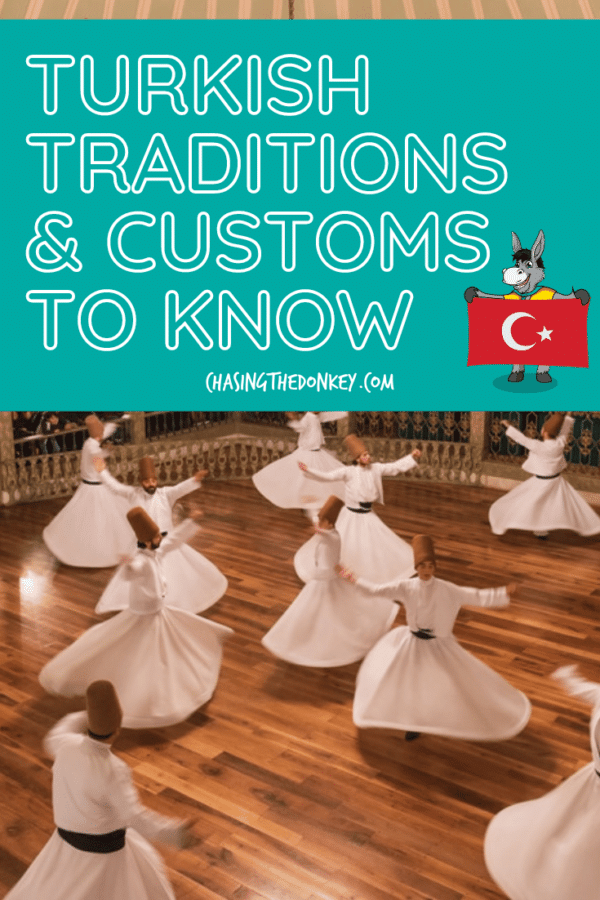
The great thing about Turkey isn’t just the landscapes, the beaches, and the friendly people, but it’s also about the rich and fascinating traditions and customs you’ll see performed before your eyes every single day.
Even in the more touristy parts of the country, such as the beach resorts on the south coast, you’ll see small traditions that, if you’re not sure about, could easily pass you by. It’s always interesting to learn about these things because by understanding them, you’ll find you have a more enriching experience. And that’s what travel is all about, right?
The other thing to note is that different traditions and customs can be seen in various parts of the country. For instance, in the southeast, you’ll notice a more traditional way of life compared to the west of the country, such as Izmir. In this region, it’s not unusual to see people eating their meals on the floor as a big group, whereas, in the west, this tradition has died out a little.
To help you understand more about what you’re seeing when you next visit the country, let’s take a look at the common and not-so-common traditions and cultures in Turkey.
Skip Ahead To My Advice Here!
1. The Evil Eye (Nazar)
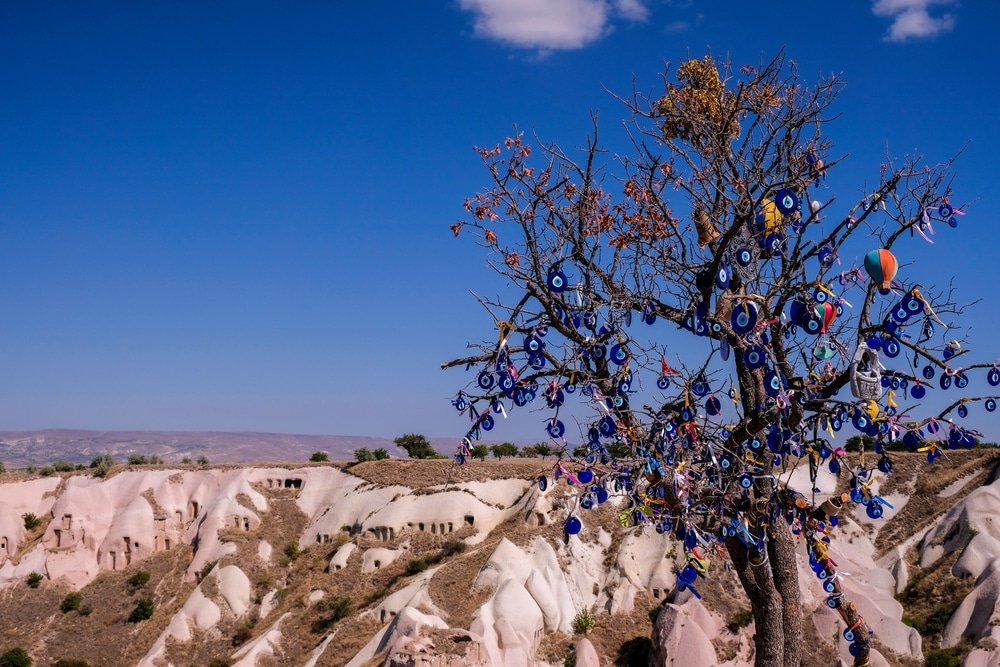
You’ll see the evil eye everywhere and, especially in souvenir shops, but it’s more than something fancy to stick on your fridge; it’s actually an essential part of Turkish culture.
The evil eye is a bright blue glass eye that is said to protect you from negative energy, especially envy. You might wonder why the color blue. Well, it’s thought that more negative energy is emitted from blue eyes than brown, and the glass material is said to counteract the negativity and cancel it out.
You’ll see the evil eye hung above doors to protect against bad luck, as well as pinned to the clothes of newborn babies.
2. Know That Turkish People Remove Their Shoes
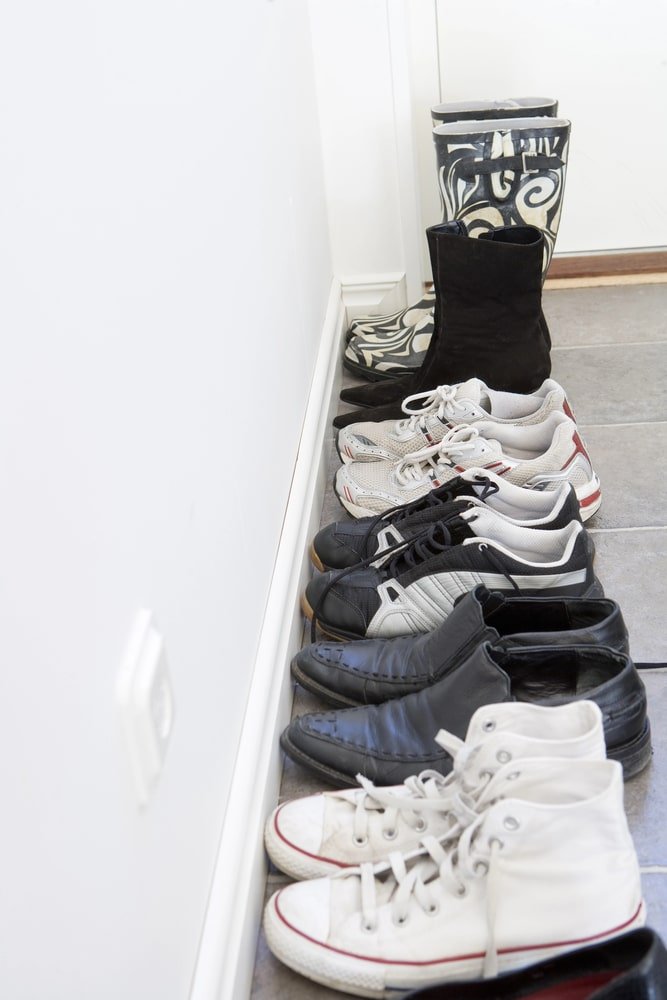
You could call it just good manners, but removing your shoes before you go into someone’s house is customary in Turkey.
Not only is it considered rude not to remove your shoes, but it’s also about cleanliness because, in many cases, people will pray inside their homes, and, as with a mosque, removing shoes is a key part of this process.
You should remove your shoes entirely outside the door threshold, and you’ll usually be given a pair of slippers to wear. However, I always find it’s a good idea to have clean socks on – or in my bag if I am not wearing socks that day.
3. Turkish Coffee (Turk Kahve)
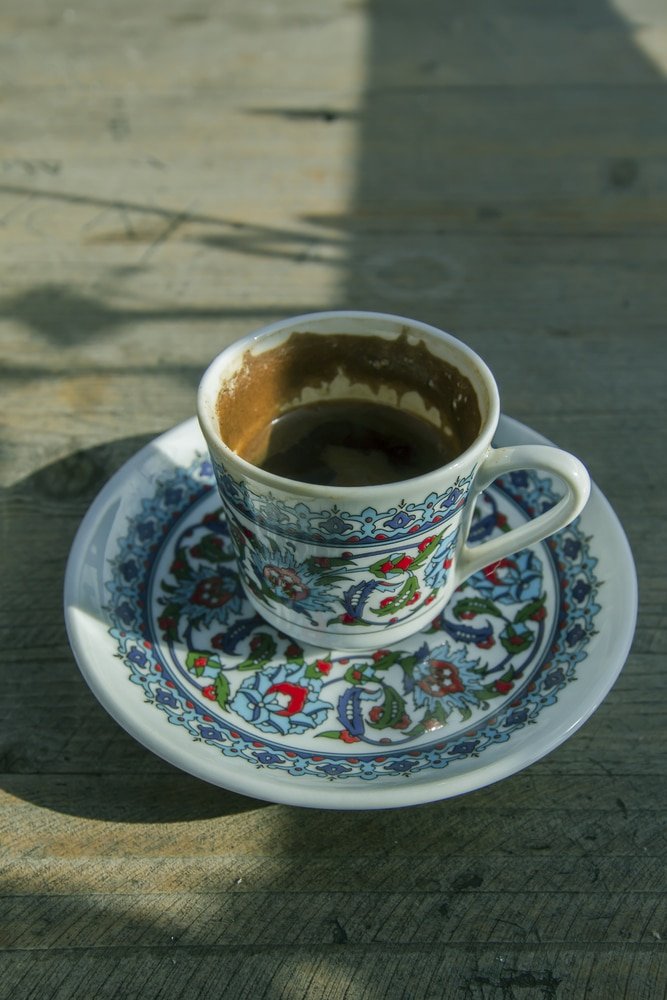
Turkish coffee is not like the regular latte or cappuccino you might be used to. It’s a lot stronger and earthier and is traditionally served in a tiny cup with no milk or sugar. However, if you want to add it, you can. Coffee doesn’t only serve as a delicious drink; it’s also a cultural symbol.
When a family’s son is about to get married, it’s traditional for his family to visit the potential bride’s family home and formally ask for her hand in marriage. However, during this time, it’s also traditional for the potential bride-to-be to make Turkish coffee for her possible in-laws, and it’s a make-or-break!
The other more famous tradition associated with Turkish coffee is predicting the future. Once the cup is empty, it is turned upside down onto the plate and left to cool. After a short while, you lift it and look at the patterns inside the cup. It’s said to predict your future, and there will always be someone in your group who can read accurately.
Brands We Use And Trust
4. Turkish Tea (Çay)
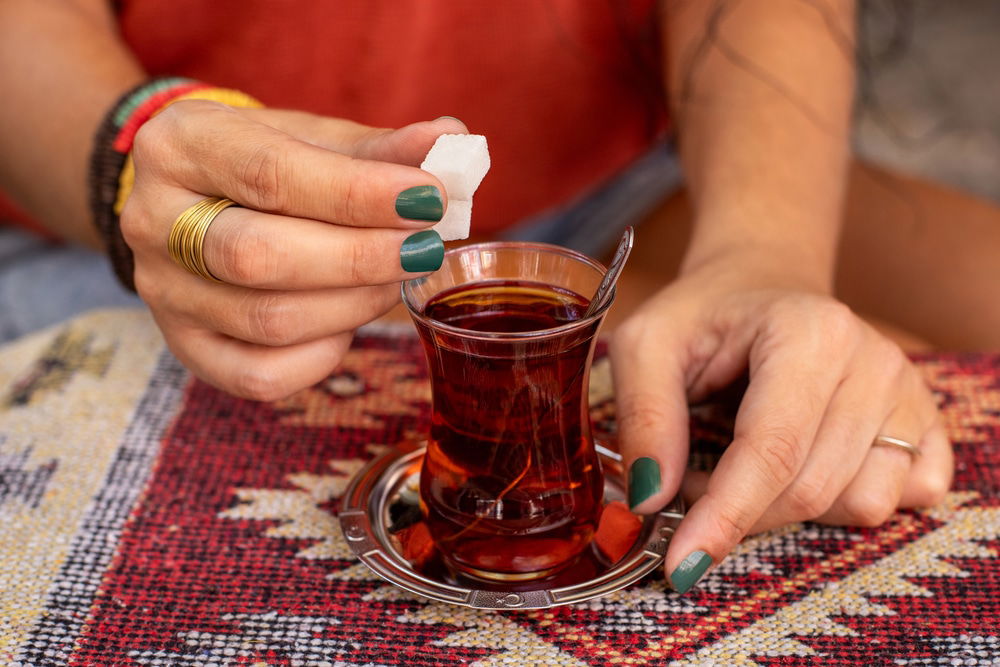
There is no way you can visit Turkey and not see or taste tea at least once or twice. It’s incredibly famous, and (almost) everyone drinks it throughout the day. It’s traditionally served in a small glass, and it’s a dark type of tea, served with or without sugar. You do not add milk to Turkish tea – you’d get a lot of odd and possibly outraged looks if you attempted it!
Tea is considered a huge part of Turkish hospitality, as you’ll be offered tea when you visit someone’s home or business. It’s considered rude to refuse, so even if you’re not the biggest fan, accept it and drink it.
You’ll also see çay bahçesi, which translates to ‘tea garden.’ These are places where people come together to sit, talk, and drink tea, usually for a while. In some areas, you’ll notice that only men congregate in these spaces, but in many large cities these days, it’s a mix of men and women.
5. Car Horns
Turkey is not a quiet place, especially if you’re in the middle of a city and there is traffic. Turkish drivers love to use their car horns for everything and anything. Still, they’re also used to celebrate something special, such as a wedding, a young man going away for his military service, and even big football wins!
In this case, you’ll hear car horns repeatedly until the convoy of cars passes – it’s loud, but roll with it.
6. Oil Wrestling
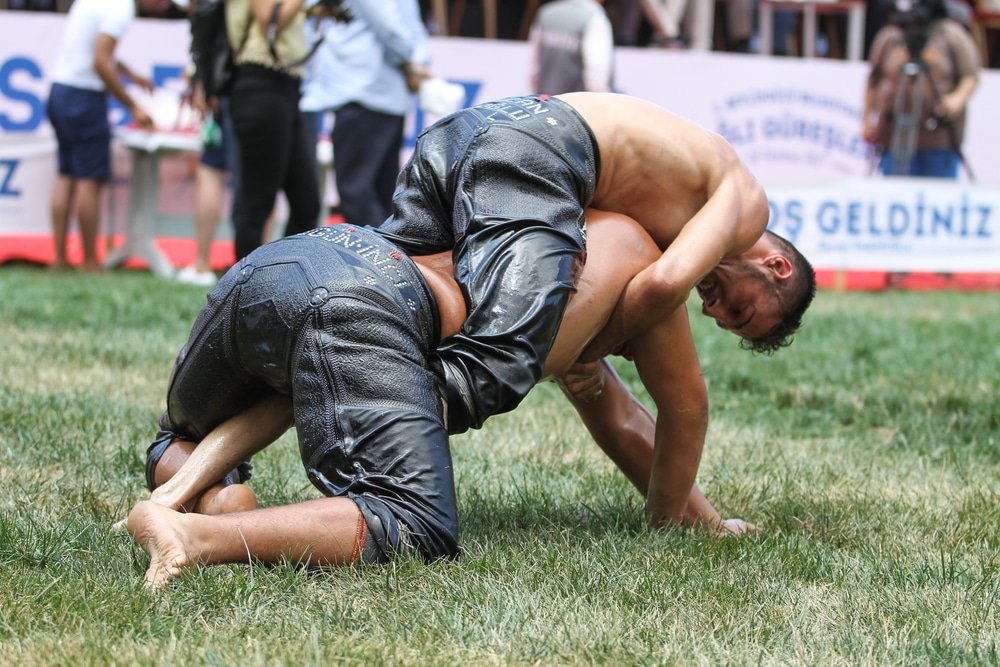
Yes, the first time you see it, you’ll wonder what on earth is happening. I’m not going to lie: it does look a bit odd, but bear with it because it’s a big tradition.
Oil wrestling is a very popular and historic sport that dates back to the days of ancient Mesopotamia. The most famous festival is found in Edirne, and it’s been held every year since 1362.
Basically, quite large men will cover themselves in oil and wrestle one another until one loses. A loss happens when one man’s navel (belly button) faces the sky – basically, he’s on his back. These matches can go on for a while – anything up to 40 minutes.
7. Sünnet (Circumcision)
Turkey is a Muslim country, and that means that circumcision is a big part of traditional life. It is considered a significant cultural and religious practice in Islam and is often performed as part of a religious tradition.
All boys are circumcised in childhood (the actual age varies, depending upon the wishes of the parents and their situation), and it marks their journey from boyhood to manhood.
The sünnet celebration takes place after the circumcision, and the young boy wears a special outfit and holds a scepter. In some cases, they sit in the back of an open-back car and drive around the locality with car horns beeping.
However, not all young boys have this; some have the procedure and celebrate with family in at home.
8. Turkish Traditions For Weddings
Turkish weddings are big affairs, and in many cases, they go on for days. The day before the wedding itself, the kına gecesi (henna night) takes place. This is when the bride and groom, their families, and other guests all come together, and henna is applied to the bride’s hands.
This is said to symbolise blood and it’s to celebrate the bride becoming a woman.
During this evening, there is a lot of dancing, and then the following day, the actual wedding takes place.
The ceremony itself is swift; there are no vows like in European weddings, and instead, the bride and groom both sit on white “thrones,” and when the officiator asks, they say “event,” which means ‘yes.’ In this case, they’re agreeing to marry one another. Then, they sign a book, along with their witnesses, and the real celebration takes place.
Cue the dancing!
9. Adaklık Kurban (Devotional sacrifice)
At the end of Kurban Bayram, it’s traditional practice to sacrifice an animal (usually a goat) and divide the meat between poor communities in the area. This is particularly common in rural and suburban areas and less visible in large cities, especially in tourist areas.
However, it’s still an essential part of the culture. These sacrifices can also be used to mark other important events, such as moving house, getting a job, or celebrating a wedding.
10. Traditional Greeting Etiquette
Once you know someone relatively well, i.e., you’ve met a few times, you’ll notice that they greet you with a kiss on each cheek. This is a traditional greeting; however, if you’re meeting for the first time or you’re not particularly familiar with one another, a handshake is the likely greeting.
You may see men greeting each other by gently touching the side of their heads together on both sides; this is a sign of respect.
You will also see people greeting the elderly slightly differently. In this case, they will kiss the hand of the older person and then touch the back of their hand to their forehead. This is a sign of respect once more, as respecting older people is a very important part of Turkish culture.
11. Being Offered Cologne Or Sweets By Turks
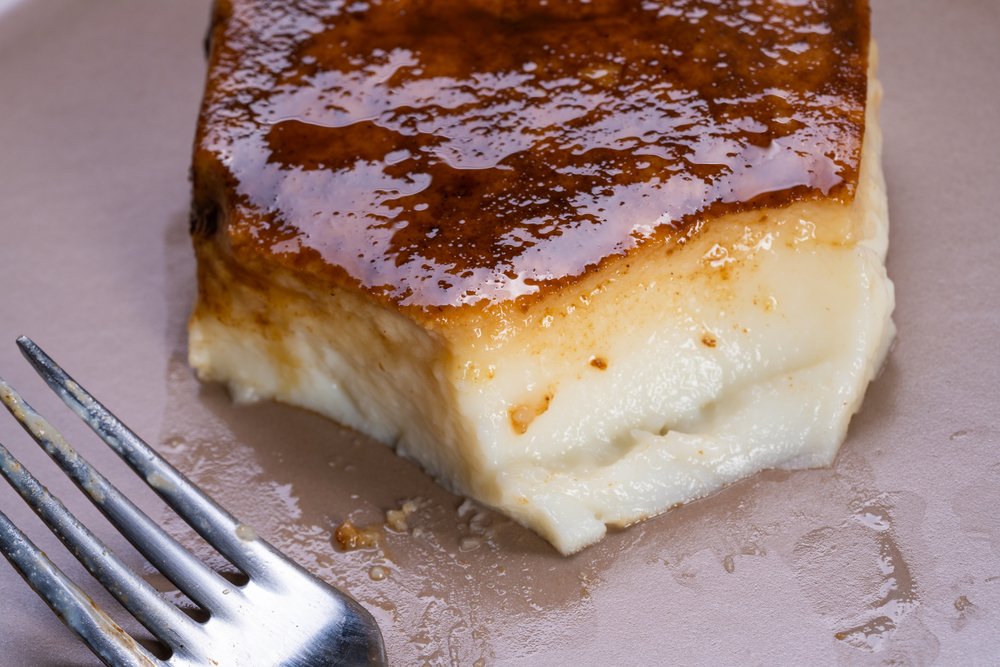
If you go into someone’s house or their shop and they’re particularly hospitable, you’ll be offered sweets or lemon cologne. If you’re offered cologne, hold out your hands and then rub your hands together until it soaks in.
It’s always wise to accept sweets if you’re offered them, as refusal might cause upset.
12. Hammam – Turkish Bath

Cleanliness and hygiene are extremely important, and visiting the hammam is a key tradition dating back to the Ottomans.
These are communal bathing areas where you will receive deep cleaning and body scrubbing. Many hammams these days are mixed-sex, but this isn’t always the case, so do check before visiting.
Prior to the hammam, you’ll spend a short time in the sauna to sweat out impurities before going into the main bathing area and being scrubbed clean. You’ll then be given a towel or wrap to cover your body while you dry and relax. At this point, it’s customary to be offered a glass of çay.
13. Wish Trees (Dilek Ağacı)
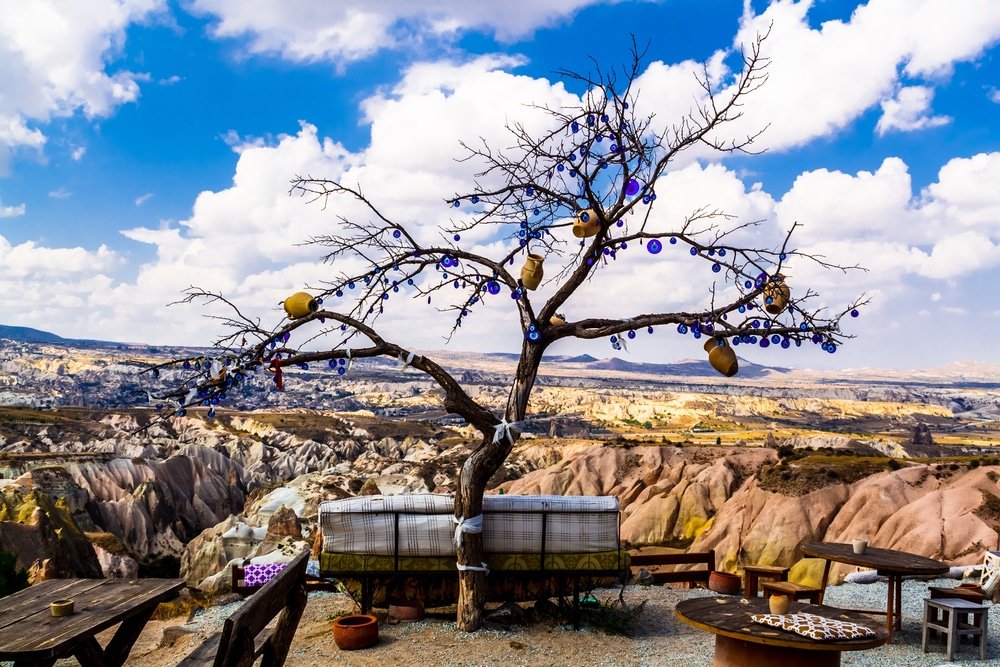
In some places, you’ll find large trees that are covered in pieces of fabric tied to the branches. These are known as wish trees, and they’re said to be lucky enough to bring your deepest desires to life.
All you need to do is think about your wish as you tie the piece of fabric to a spare branch. These trees are also must-have photos in your collection as they’re usually situated on top of hills, and their branches blow in the breeze, along with all the wishes people have left behind.
14. The Celebration Of Hıdrellez
At Hıdrellez, people celebrate the meeting of the two Prophets, Hıdır and İlyas, on 5 May. This event is also the beginning of spring and is the day when all nature wakes from its winter slumber.
To celebrate this day, people write their wishes on a piece of paper, and then at night, they bury them under a rose tree. Alternatively, you can draw your wish using a small rock and create an image in the soil. During the evening, fires are lit, wishes are made, and people take turns jumping on the fire – carefully, of course.
Then, before sunrise the following morning, you are supposed to collect your piece of paper from underneath the rose tree and throw it into the water, ideally a river or the sea, and if not, you can burn it or leave it under the rose tree.
15. Traditional Turkish Dancing
Traditional folk dances are different across the country, and these are performed in groups at weddings when young men go to the army and any other celebration.
Some of the most famous types of dances are:
Halay
This dance is famous and comes from the east and southeast of Turkey, as well as central Anatolia. The dance starts slower and then gradually increases in speed to the beat of the drums and the kaval. This is a big group dance where everyone stands in a line or circle, linking little fingers.
Hora
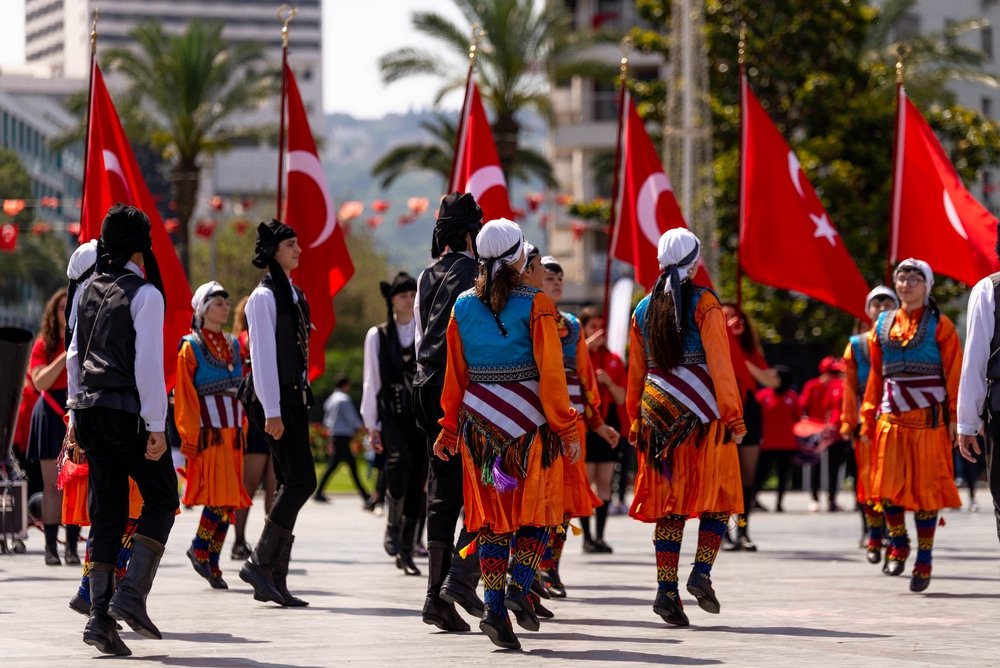
Originating from the Thrace area of Turkey, hora is a fast dance that around five people usually perform. In this dance, people wear colorful costumes, and there is plenty of singing at the same time.
Horon
The horon is a fast dance that comes from the Black Sea area, and it’s a little different from the other traditional dances you might see. Participants wear black clothes adorned with silver, and they dance with their arms linked together. A musical instrument called the kemençe is used.
Zeybek
Originating from western Anatolia, zeybek features dancers in colorful clothes performing to a beat that goes from slow to extremely fast. The dance tells the story of courage.
Kaşık Oyunu
In the Mediterranean coastal region and central Anatolia, you might see this dance being performed. It’s different because participants use wooden spoons as their instrument of choice; however, you will also hear the clarinet.
Atabarı
This dance comes from the Artvin area and was famously performed by Ataturk in 1936. These days, you’ll see this dance at important national events.
Sema
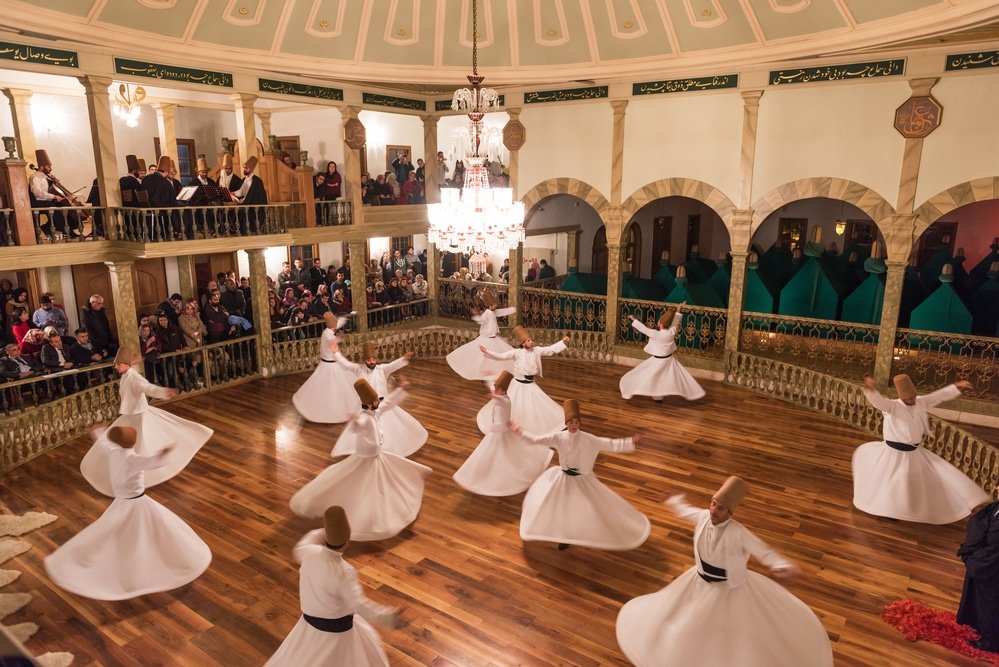
This is the famous dance you will see performed by the Whirling Dervishes, and it is a traditional Sufi dance
Move This Adventure To Your Inbox & Get An Instant Freebie

No spam. Unsubscribe at any time.
Wrap Up
As we wrap up our journey through the customs and traditions of Turkey, it’s clear that this country, from Istanbul to Gaziantep, has a rich history and culture unlike anywhere else in the world.
From the tulip-shaped glasses of tea to the honk of the Turkish flag, Turkey’s traditions reflect its rich heritage. Whether you’re savoring a traditional Turkish breakfast or witnessing the end of Ramadan in a local Turkish café, you’ll be immersed in the warmth and hospitality of Turkish society.
The great thing about traditions and cultures is that they’re constantly evolving. Some die out, and others replace them, but the most important ones always stick around. What traditions and customs have you noticed while in Turkey? Maybe you’ve got some new ones to add to the list.
So, when you visit, don’t forget to take off your shoes before entering, and be ready to go and come as a friend. Turkey’s customs and culture will welcome you with open arms, offering an experience that’s both unique and enlightening.

